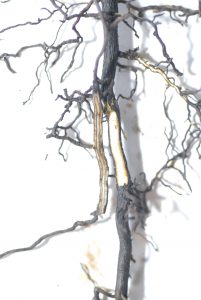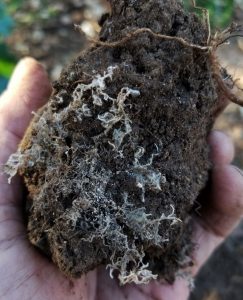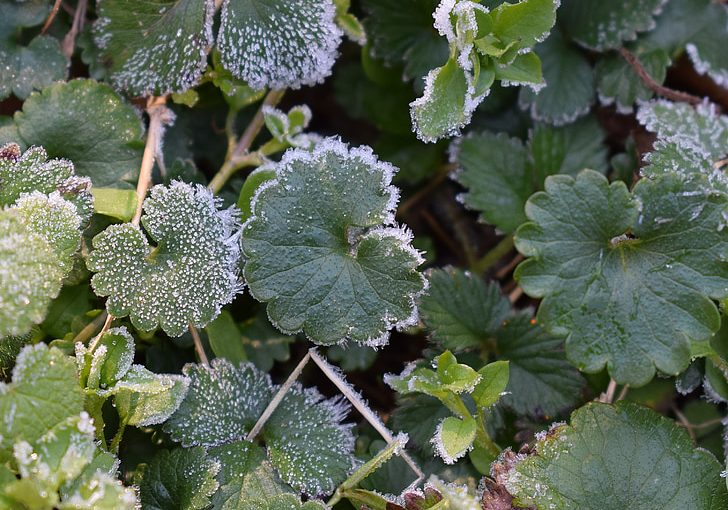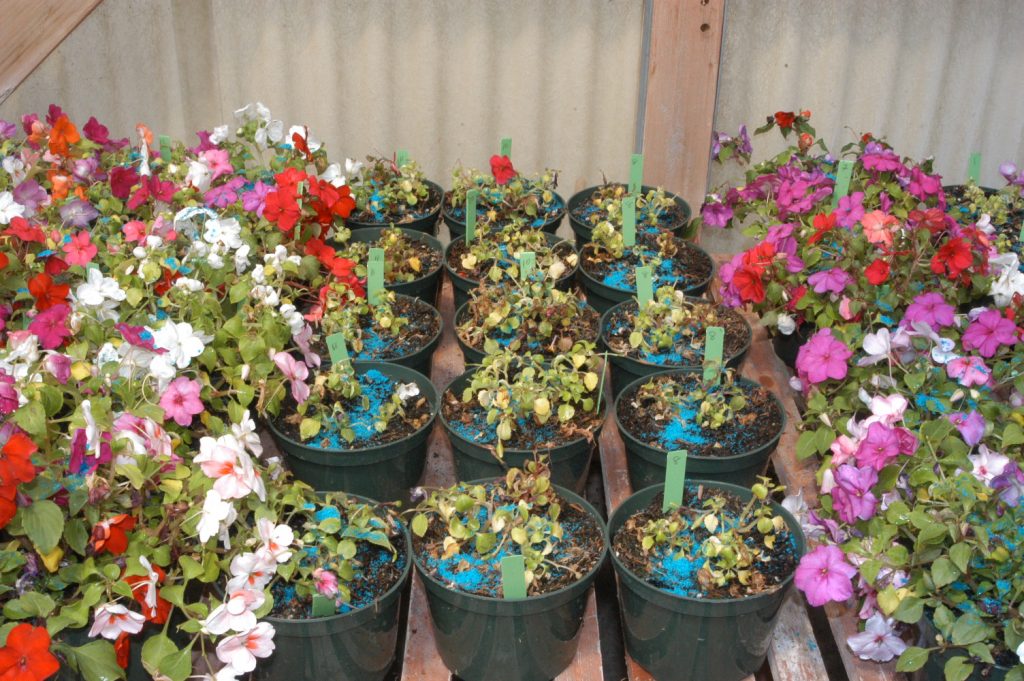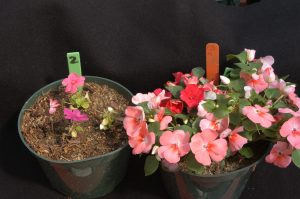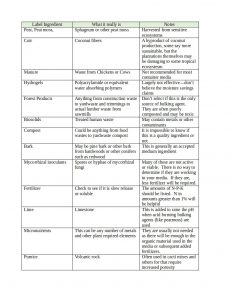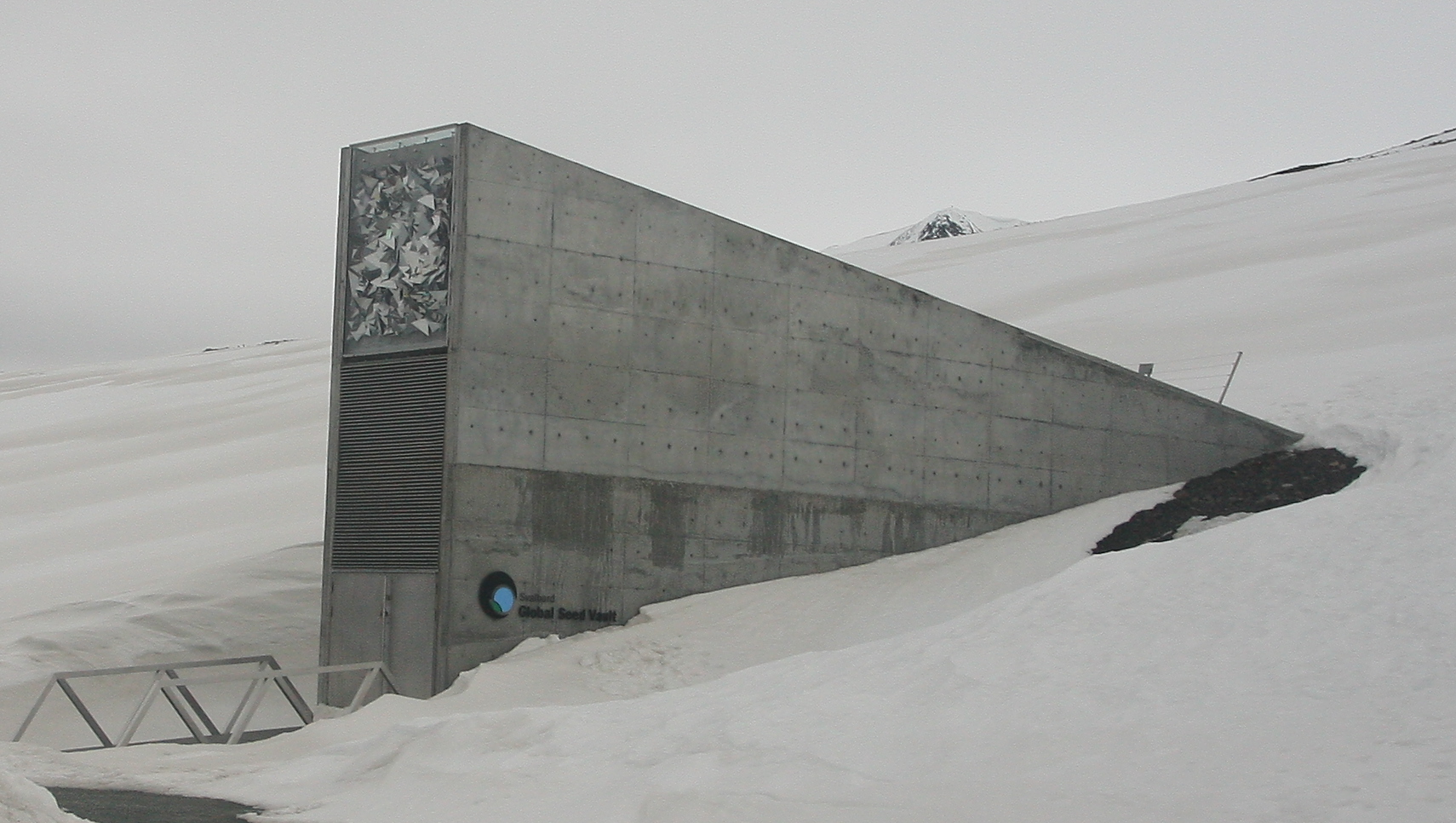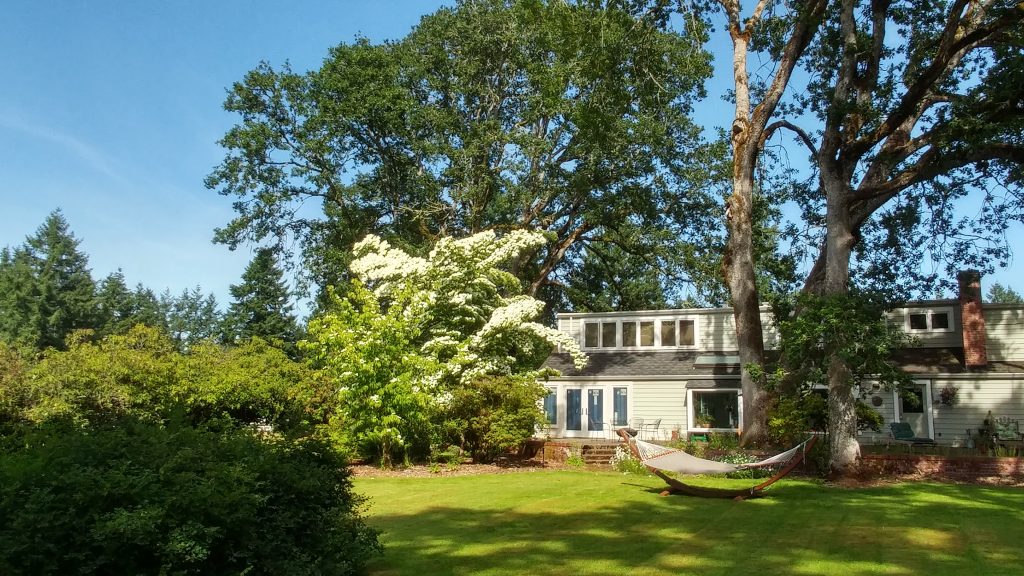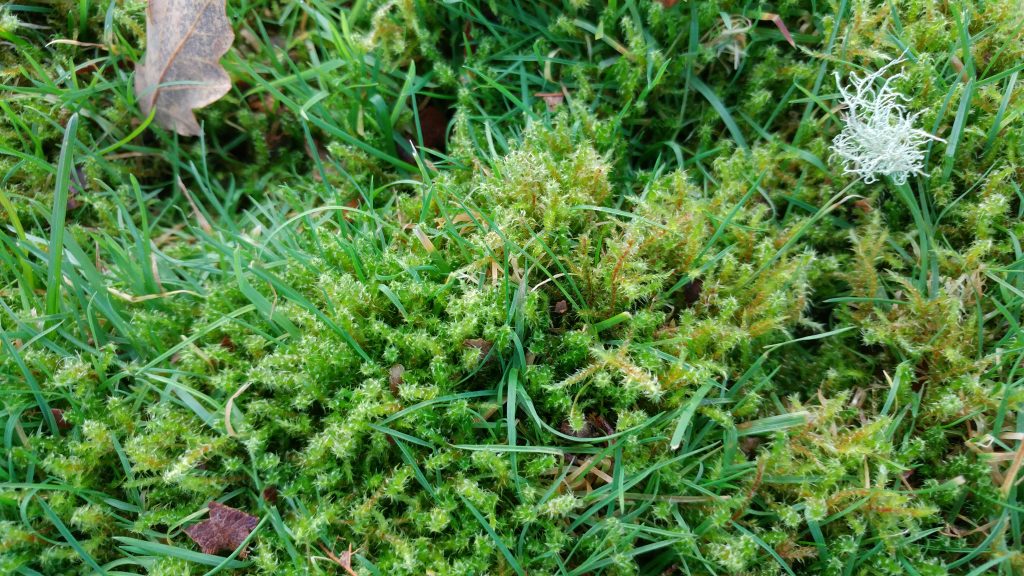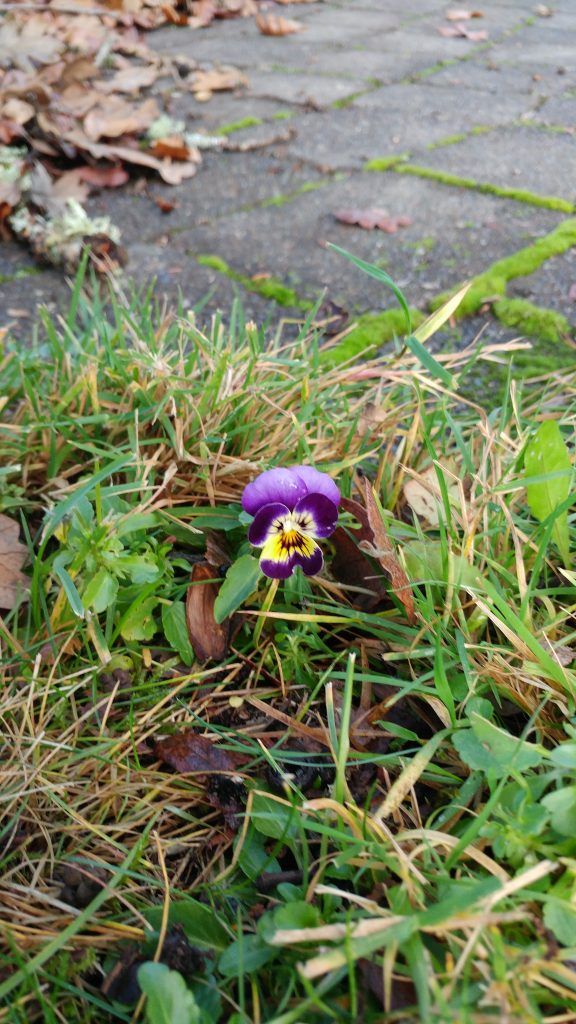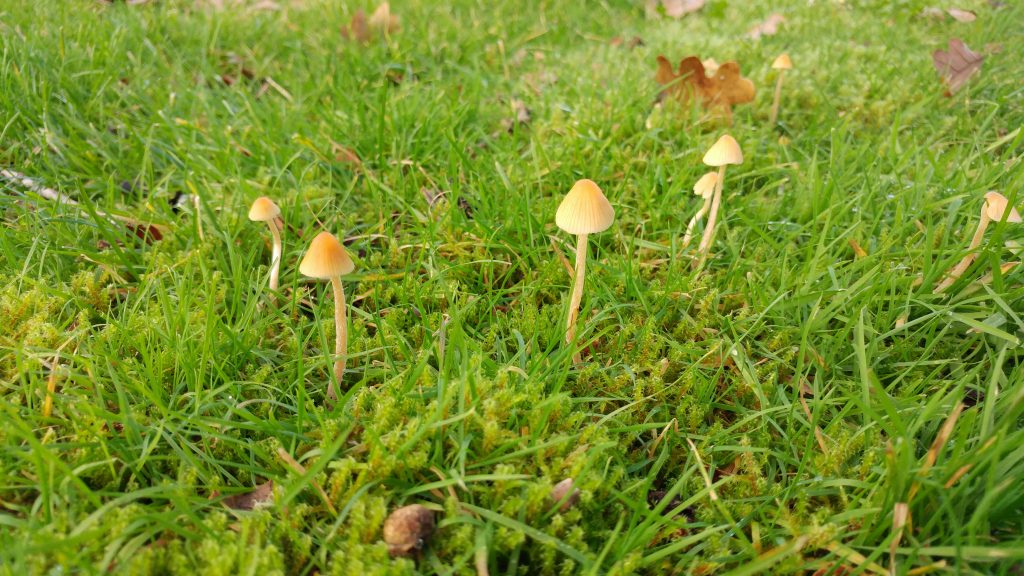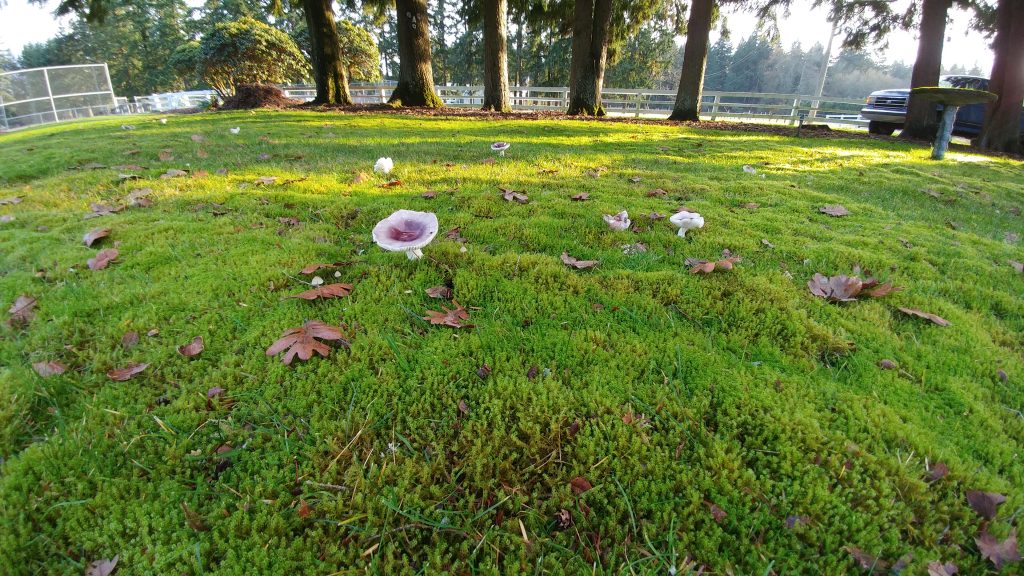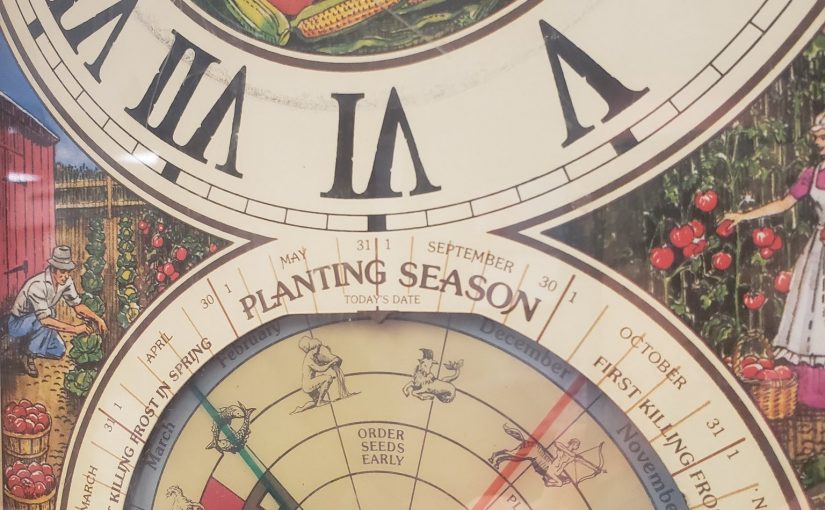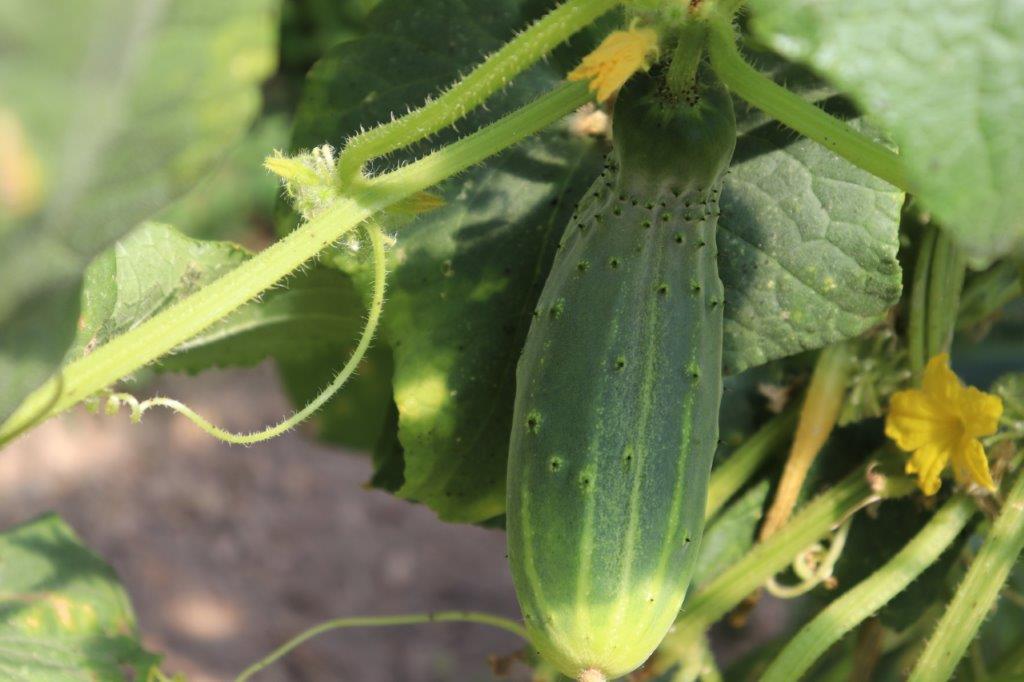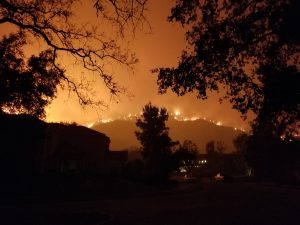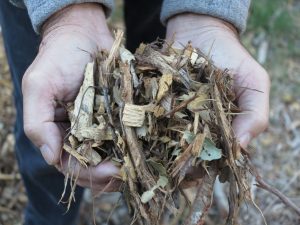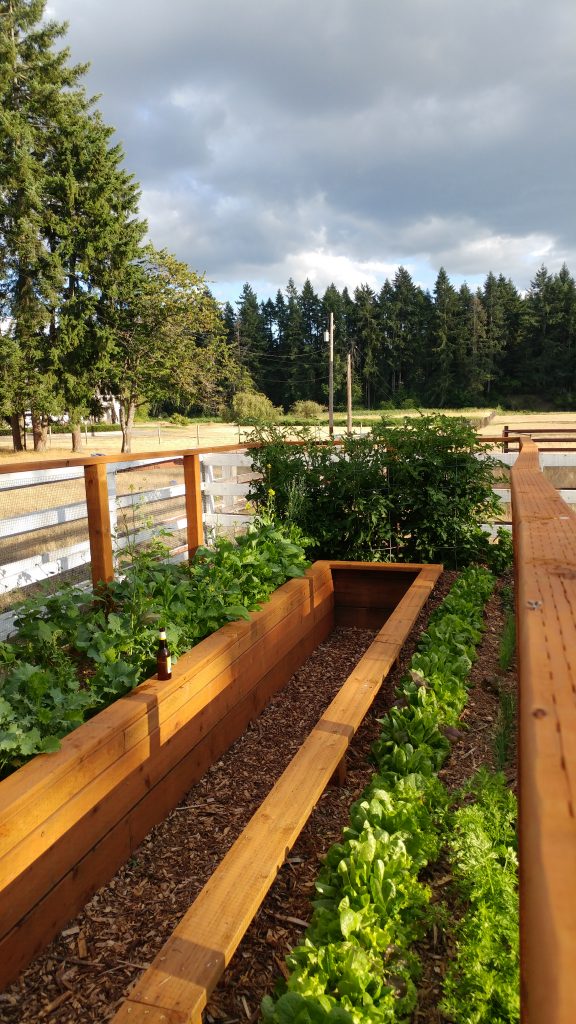
Many of us are sheltering at home during the COVID19 outbreak, and that might mean you’re spending more time in the garden. It certainly seems to be true based on my Facebook feed. And given that even more people are showing interest in growing their own food, I thought some practical posts on raised beds dos and don’ts might be fun. John Porter did a nice review of some of the misperceptions about raised beds last year, and that’s worth reading as well. This week’s post will be on siting and materials needed for building a raised bed. At the end of the post is a list of online resources with more information.
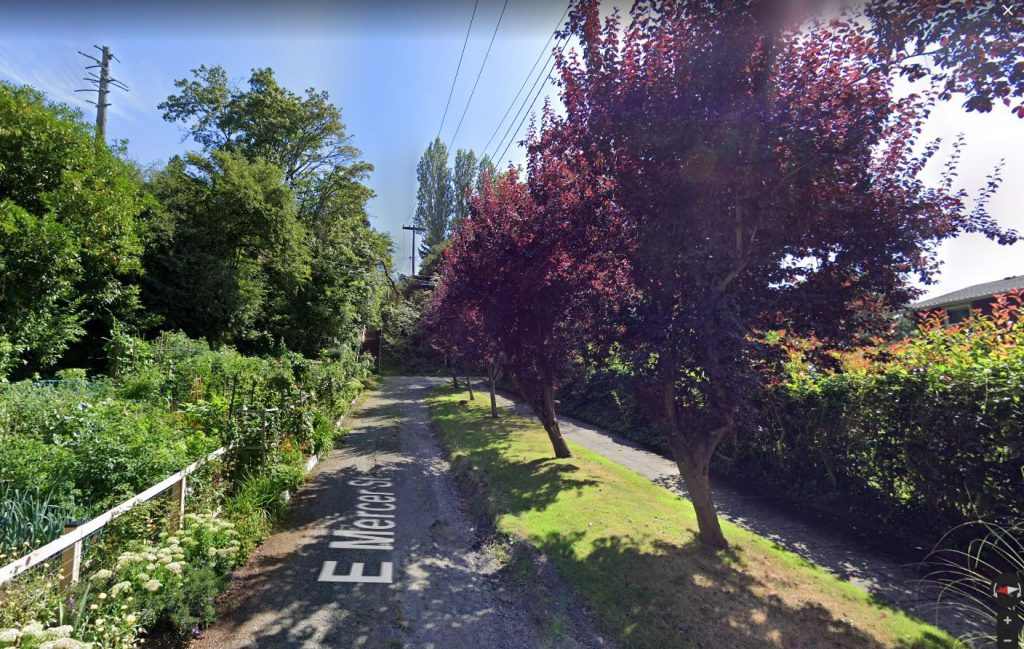
Location
To grow most vegetables, you need direct sunlight at least six hours per day, and more is better in terms of productivity. That means full, unfiltered sunlight, so that your seeds and plants get the entire light spectrum. You’ll need to take into account seasonal changes, like the sun’s angle and the appearance of deciduous canopies, before choosing your site. If part of your bed will unavoidably be in the shade, simply choose plants that will tolerate part- or full-shade conditions for that location.
Building materials
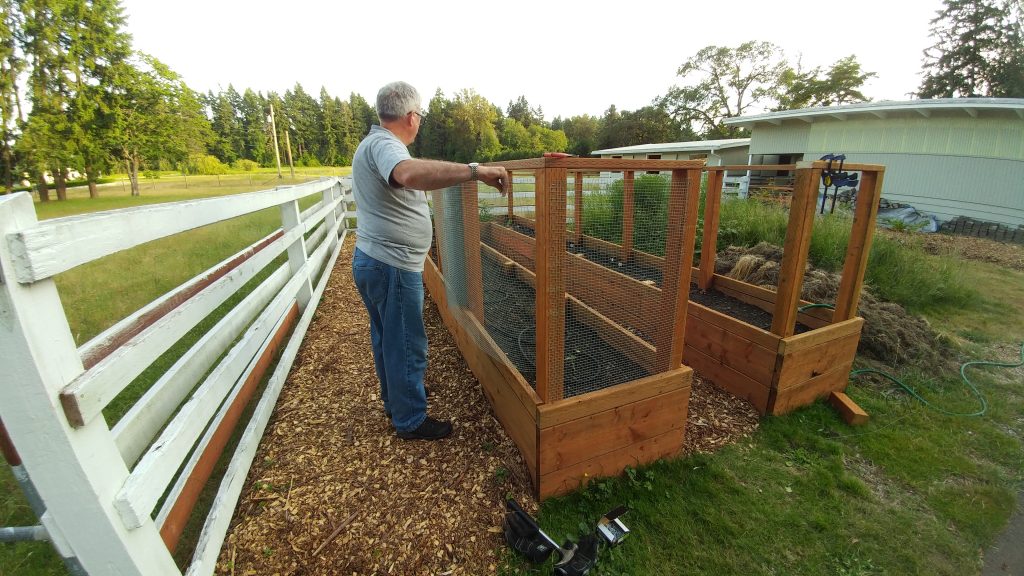
We use pressure-treated hemlock and Douglas fir for our beds, which measure 8′ by 22′ (at the outside dimensions.). Modern pressure treatment uses alkaline copper quaternary, which is nothing like the toxic chromium-arsenic cocktail from earlier times. You don’t have to use wood, of course – other materials will work but do educate yourself on any potential leaching issue into the soil.
Underneath the beds is….nothing. If our underlying soil was contaminated with heavy metals or some other material, we would put down a membrane first to keep our raised bed soil separate from the contaminated soil. But we have no issues, so it’s soil next to soil, meaning we have great drainage.
Planting media
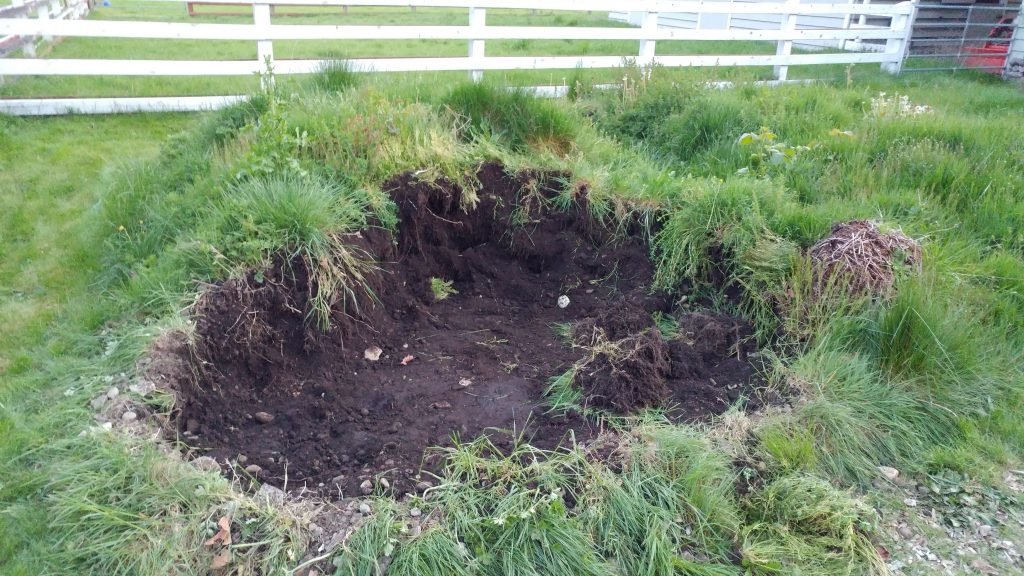
The best material for your raised bed is actual native topsoil (if you can find it). If you don’t have enough of your own, see if anyone locally is giving away “free dirt.” People who put in decks, ponds, and other hardscape structures often don’t realize their discarded dirt is real topsoil. Do be cautious with this potential windfall. Ask about pesticides or other chemicals that may have been used in the original landscape. And you should do an initial soil test to see your baseline nutrient values. It’s easier to incorporate amendments BEFORE you fill your beds.
There are exceptions to the native topsoil recommendation – for instance, if your soil is contaminated with heavy metals from industry or agriculture, you shouldn’t use it for growing edibles. In this case, you need to use a commercial topsoil, and isolate it from the underlying soil as described earlier. Commercial topsoils can be heavily amended with compost and other organic material, meaning you have much less actual soil and will constantly need to refill your beds as the organic matter decomposes. Try to find a mix with the greatest possible percentage of topsoil.
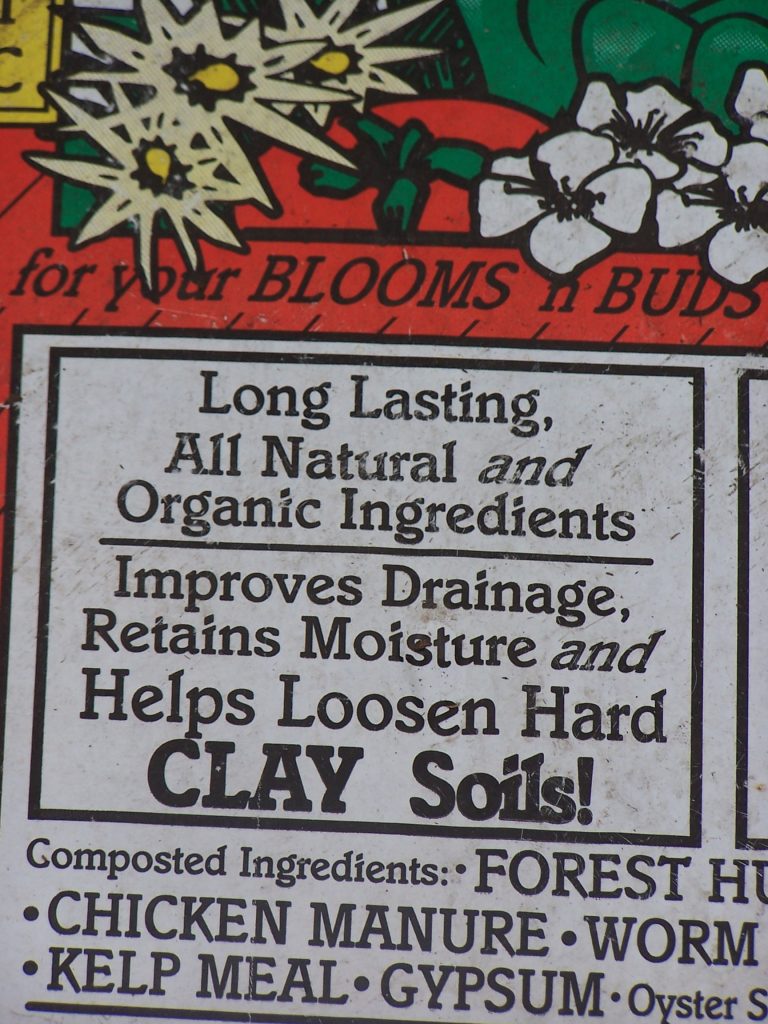
The worst choice of all are soilless media. This includes nearly all bagged potting “soils” at garden centers. Read the contents panel carefully – does it say the word “soil” anywhere? If it’s all organic material, you are going to have to fill your beds every year. This is both expensive and time consuming. Plus you could very well have excessive levels of some nutrients that will build every year as you add more.
As you make your decision about what to fill your raised beds with, consider what you will be growing, If you are only growing summer crops, it will be easier to amend the bed every year. If you have a winter crop, or perennial herbs, you can’t incorporate more material without destroying the existing rhizosphere and your plants. Perhaps that means you need two raised beds, or at least have a divided system.
Design

This part is really up to you! Raised beds should be high enough to work comfortably, big enough to hold what you want to grow, and narrow enough to be able to reach all the way across (for one-sided access) or halfway across (two-sided access).
We wanted a design where we could include a critter fence. Once in a while a deer might wander through our property, and rabbits certainly do. The hardware cloth fence keeps larger animals out and also provides a great trellis for beans and other climbers.

We opted for a U-shaped system, with a gate on one end. The inside edges of the beds are topped with 2×6 boards that can be used as a bench. We did run stabilizing boards between interior and exterior posts. They are buried and don’t really interfere with the plants. (Note to self – next time put those stabilizing boards in BEFORE filling with soil.)
What’s next?
Next time I’ll discuss some of my favorite tools for using in raised beds and possibly other places. And we’ll touch on the importance of soil testing before you add organic matter or other fertilizer to your beds. In the meantime, be sure to check out these resources:
Are raised beds for you? This comprehensive fact sheet goes into more detail. https://pubs.extension.wsu.edu/raised-beds-deciding-if-they-benefit-your-vegetable-garden-home-garden-series
Home vegetable gardens – an overview. https://pubs.extension.wsu.edu/home-vegetable-gardening-in-washington-home-garden-series
How much organic material is too much? Don’t overdo – read this first! https://pubs.extension.wsu.edu/organic-soil-amendments-in-yards-and-gardens-how-much-is-enough-home-garden-series

